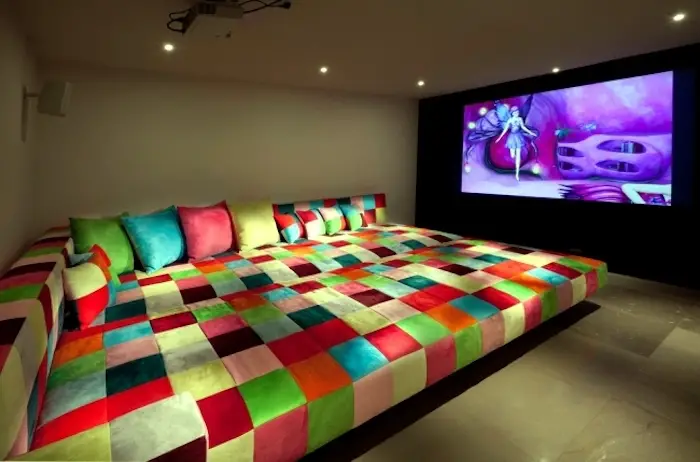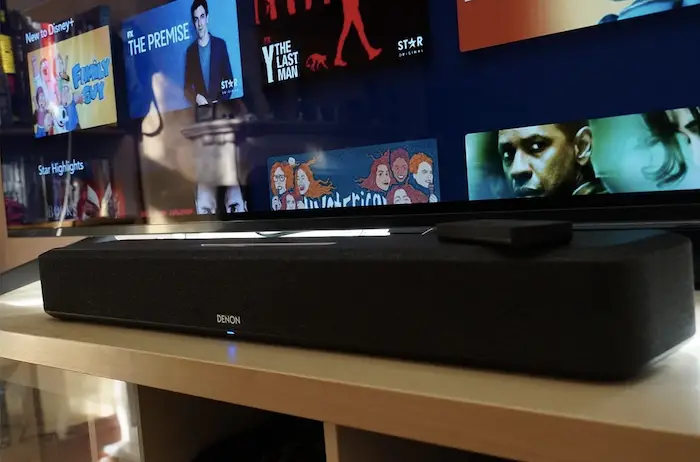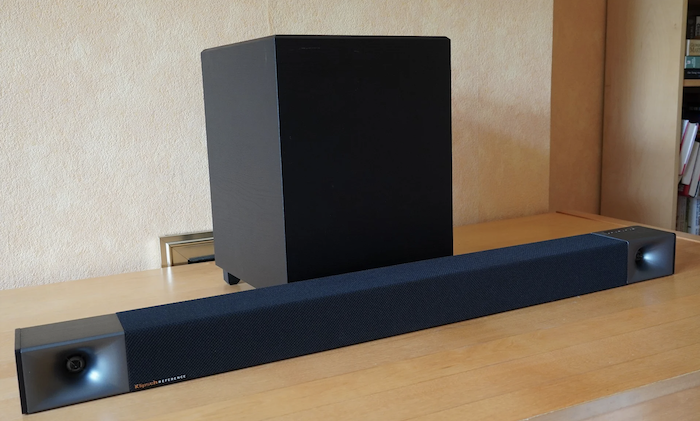
Do you consider your home theater a finished project? We doubt it – between the new technological innovations and the constant flood of products designed to tempt home theater aficionados, you’re probably never going to run out of home theater upgrades to buy. There’s no doubt that you’ve been busy already – you’ve outfitted your home theater with a big screen, a popcorn maker, some comfy seats and maybe even a selection of Geek Bars for your smoking friends. You’re still looking for new ways to take your home theater to the next level, though, and we’ve got some ideas for you. These are the home theater upgrades you need to buy in 2022.
Upgrade Your Screen with Bias Lighting

Have you ever looked at pictures of the best home theater setups and marveled at how spacious the screens seemed to be? There’s a good chance that those home theaters used bias lighting. A bias light is a string of lights that’s mounted to the back of a screen and illuminates the surface behind the screen. The lights are usually white, and they’re designed to produce light at a specific color temperature – 6500K, to be exact – because that’s the shade of white used for calibration by the film industry.
Bias lighting serves a few purposes. As you’ve seen from looking at pictures of home theaters, it can make a screen appear much more spacious – as if the image isn’t really constrained within a rectangle. Bias lighting also enhances the contrast of the image on the screen and relieves the eyestrain that can result from looking at a bright image on a dark background for hours.
If you enjoy the effect that bias lighting adds to your home theater, you might consider using lights that can change color in response to what’s on the screen. Responsive bias lighting can “see” what’s on the screen in two different ways: You can connect it directly to the HDMI data chain, or you can point a small camera at the screen. Color-changing bias lighting can make your screen look as though it’s almost infinite. However, the color changes are always slightly delayed relative to what’s on the screen, and some people find the delay a little distracting.
Upgrade Your Viewing Area with Blackout Curtains and Ambient Floor Lighting

As a home theater aficionado, you know that managing the illumination in your viewing area is a major part of having the best possible viewing experience. If the environment is too bright, the details on the screen will appear washed out – and if you increase your display’s brightness to compensate, you’ll lose the contrast in darker scenes because black areas will look gray. In the worst case, light that shines directly on the screen can cause glare that makes it difficult to see what’s on the screen at all.
You’ve got to control the light in your home theater for the best possible experience – and if your viewing area has windows, the best way to do that is by installing blackout curtains like the ones found in most hotel rooms. Blackout curtains are made from thick fabric – often with a layer of insulating foam – that prevents almost all light from passing through. Installing blackout curtains will make it possible for you to enjoy your home theater without distractions during any time of the day or night. If any light happens to sneak through the bottoms of the curtains, that’s not a major problem – you can just think of it as ambient lighting.
If your home theater doesn’t have windows, by the way, ambient lighting is an upgrade that you should seriously consider. This is another thing that you’ll see every time you look at pictures of the best home theater setups – they always have recessed lighting that makes it possible to control the illumination level of the room without any risk of distracting glare. You might not have the budget to install recessed lighting in your walls and ceiling, but it’s worthwhile to at least consider ambient floor lighting. The darker your home theater is, the more difficult it’ll be for people to find their way around when they want to use the restroom or grab a snack. Ambient floor lighting makes it easier for people to move without bumping into things, but it’s not bright enough to distract from the viewing experience.
Upgrade Your Audio with a Surround System or a Sound Bar and Subwoofer

Enjoying a big, bright image is only half of the movie viewing experience. Audio is the other half. An action movie just isn’t the same if you can’t feel the explosions in your chest. In the worst case, a poor-quality audio system can make it difficult to hear the dialogue in a film – and that can make the experience almost impossible to enjoy. It’s true that modern TVs are greatly improved in their sound reproduction capabilities compared to the TVs of the past, but size remains a major constraint. Rich sound can’t develop if it doesn’t have space, and modern TVs are thinner than ever. You’re never going to get chest-thumping bass frequencies out of a TV that’s an inch thick.
The best way to upgrade your home theater’s audio capabilities is by purchasing a true surround audio system. To ensure that your sound system has the best possible audio quality, don’t put the speakers on the floor – either mount them to the walls or put them on stands. Don’t forget to use a calibration utility to make sure that the levels of the individual speakers are properly set for where the speakers are in the viewing area.
If you don’t have the budget to buy a full surround system, you can still give your home theater’s audio capabilities a massive upgrade by buying a soundbar and a subwoofer. The speakers in a soundbar are much larger than those in your TV, and they’re slightly offset from one another to give the illusion of positional audio. Coupled with a good subwoofer, a soundbar can give you the clear dialogue, soaring music and booming explosions you crave.






[…] hometheater These Are the 3 Home Theater Upgrades You Need in 2022 Film […]